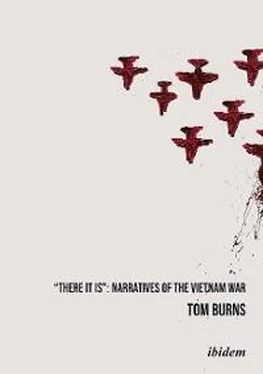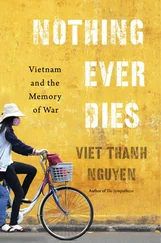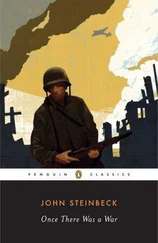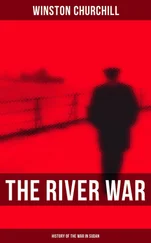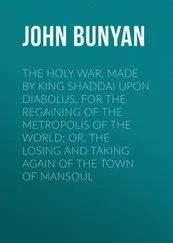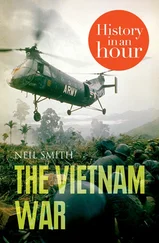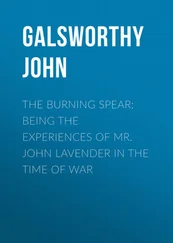The Truman Doctrine (1947) had pledged American resistance to Communism wherever it should emerge. The succeeding president, Dwight D. Eisenhower, and his Secretary of State, John Foster Dulles. believed that Ho Chi Minh, who had repeatedly, unsuccessfully, and—as it would turn out, tragically—sued for US support against French colonialism, even citing the values stated in the American Declaration of Independence, was initially ignored and eventually deemed “an instrument of international Communism.” 10With the end of World War II and throughout the following decades, however, Ho Chi Minh was more concerned with keeping his country independent of all foreign forces, including Communist China on his northern border. The Americans, however, believed that the Chinese (and the Soviets) were dictating strategy and supplying arms to North Vietnam. Ho accepted the aid of weapons and supplies from both Moscow and Beijing but there is no hard evidence that he allowed these politically allied nations to impose their strategies of defense on North Vietnam. 11
According to Fox Butterfield, the “watershed decision” to intervene in Indochina first came after the fall of Nationalist China to the Communists (1949) under Mao Zedong. At this development, Washington, fearing further Communist advances in Asia, abruptly ended its wavering about whether or not to support French colonial interests by offering financial aid to the Vietnamese Emperor Bao Dai, a puppet of French colonialism, and to the French military forces, to fight against the anti-colonial, Communist-led Viet Minh (eventually, the US would pay $1.1 billion in 1954, or 78% of the French war effort). 12With this decision, the US committed itself inexorably to blocking further Communist expansion in Asia. The justification for this came to be called the “Domino Theory,” first enunciated by the National Security Council (NSC) in February 1950. Never seriously questioned, the Domino Theory supposed that the “loss” of a single country to Communism would endanger all the neighboring countries and eventually all of Asia and even beyond. 13The principal justification for the war in Vietnam therefore was the strategic need to “hold the line,” or, in the language of the controlling metaphor, to prevent the dominoes (states) from tumbling one after another.
David Halberstam claims that it was Eisenhower’s Secretary of State, John Foster Dulles, the ultimate cold warrior, who believed in “our cause, our innocence and our worthiness”—as well as our political advantage—for Dulles was convinced that the US could go into Vietnam without the taint of French colonialism: “We could start in South Vietnam,” Dulles decided, “by sending a couple of hundred American advisors there” (curiously, however, Dulles also thought that American chances for success in Vietnam were no more than one in ten). 14As stated above, by 1950, the official policy of the US government on Indochina, as stated in NSC 64, declared that the Communists’ war was “one phase of anticipated plans to seize all of Southeast Asia,” and recommended that all practicable measures be taken to prevent further expansion. 15As a response to the French military defeat by the Viet Minh forces at the battle of Dien Bien Phu in 1954, Eisenhower publicly invoked the Domino Theory, which would be cited then and thereafter as signifying the global danger of other countries falling to Communism—a predictable tragedy that only firm American intervention could prevent.
The argument about when the war actually began is nicely reflected in a passage from Michael Herr’s Dispatches :
You couldn’t find two people who agreed about when it began, how could you say when it began going off? Mission intellectuals like 1945 as the reference date; if you saw far back as War II and the Japanese occupation you were practically a historical visionary. ‘Realists’ said that it began for us in 1961, and the common run of Mission folk insisted on 1965, post-Tonkin Resolution, as though all the killing eJthat had gone before wasn’t really war.” 16
Politically, the US engagement in Vietnam may be said to have begun with the division of the country. With the signing of the Geneva accords on July 21, 1954, the country was split into what was to be regarded as two military zones along the 17th parallel, to be administered by two civilian governments: the Democratic Republic of Vietnam (DRV) to the north, and what was then called the “State of Vietnam” in the south. The military forces pertaining to both sides were to regroup north and south of this line after the signing of the agreement, and nationwide elections were to be held within a two-year time period to decide who would govern the entire country. 17The US refused to sign the agreement, thereby undermining its effectiveness, because it was thought that Ho Chi Minh, who was widely perceived as the leader opposed to foreign occupation, would win the elections. Responsibility for maintaining order belonged to the signatories of the armistice: the DRV in the north and the French in the south. Three months before the deadline for holding the elections, however, the French forces pulled out, in effect turning over political power in the south to the anti-Communist regime of Ngo Dinh Diem. Dulles had, in any case, already begun bypassing the French and dealing directly with Diem. 18
A hot war erupted when Diem, encouraged by the Americans, declared the southern part of the country the independent Republic of South Vietnam (1955). The guerrilla forces of the NLF in the south thereupon devoted themselves to undermining Diem’s regime. The US sent military advisors, civilian aid workers, and a great deal of money to South Vietnam to aid the southern regime in repressing the opposition in a series of actions that were justified and approved of at the time as part of a praiseworthy effort to help preserve the freedom of the new nation by repelling a supposed Communist invasion from the north. It is surprising to learn from the Pentagon Papers that the US military was initially opposed to sending troops to Vietnam. As the Joint Chiefs of Staff advised: “Indochina is devoid of decisive military objectives and the allocation of more than token U.S. armed forces to that area would be a serious diversion of limited U.S. capabilities,” 19a realistic assessment compared to the wishful thinking of the American civilian officials who would prevail.
In short, the US government gave up Franklin D. Roosevelt’s declared opposition to European colonialism toward the end of World War II for a policy of what would be called the “containment” of Soviet expansionism. 20Note that this expansion was assumed to be directed by Moscow, even in Third World countries like Vietnam that were not controlled by it. Every US president in the half century from Harry Truman to Ronald Reagan championed and implemented some form of this policy, most materially those who held office during the war—John F. Kennedy, Lyndon B. Johnson, and Richard M. Nixon.
In reply to speculation after the assassination of Kennedy (November 1963) that he would have called a halt to the war, Heydrick Smith, writing on the Kennedy years, concludes that in fact the president “transformed the ‘limited-risk gamble’ of the Eisenhower administration into a ‘broad commitment’ to prevent Communist domination of South Vietnam,” often by secret measures that concealed from the American public the extent of the US role there. The US had not signed the Geneva accords but had promised not to undermine them. The expansion of military personnel, the sending of 400 Special Forces troops to South Vietnam as military advisors, however, was only the first breach of the Geneva agreement. This force was run by the CIA rather than the regular military so that “it was possible to handle these troops covertly,” and the number of advisors soon rose to 16,000. 21Smith adds that specific measures that were not disclosed included the beginning of a “covert warfare campaign in North Vietnam.” 22
Читать дальше
